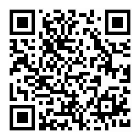BS EN ISO 9241-14-2000 具有可视显示终端(VDTs)的办公室工作的人类工效学要求.对话菜单
作者:百检网 时间:2021-08-03
标准号:BS EN ISO 9241-14-2000
中文标准名称:具有可视显示终端(VDTs)的办公室工作的人类工效学要求.对话菜单
英文标准名称:Ergonomic requirements for office work with visual display terminals (VDTs) - Menu dialogues
标准类型:A25
发布日期:1997/9/15 12:00:00
实施日期:1997/9/15 12:00:00
中国标准分类号:A25
国际标准分类号:13.180;35.080;35.180;35.240.20
适用范围:This part of ISO 9241 provides conditional recommendations for menus used in user-computer dialogues to accomplish typical office tasks. The recommendations cover menus presented by various techniques including windowing, panels, buttons, fields, etc. These recommendations can be utilized throughout the design process (e.g., as guidance for designers during design, as a basis for heuristic evaluation, as guidance for usability testing). Interface design depends upon the task, the user, the environment, and the available technology. Consequently, ISO 9241-14 cannot be applied without a knowledge of the design and use context of the interface and it is not intended to be used as a prescriptive set of rules to be applied in their entirety. Rather, it assumes that the designer has proper information available concerning task and user requirements and understands the use of available technology (this may require consultation with a qualified ergonomics professional as well as empirical testing with real users). Although this is an International Standard, some of the conditional recommendations are based on Latin-based language usage and may not apply, or may need to be modified, for use with a different language. For example, in right-to-left languages those conditional recommendations oriented towards left-to-right reading may need to be modified and adapted. In applying those conditional recommendations that assume a specific language base (e.g., alphabetic ordering of menu options, compound titles), care should be taken concerning the intent of the standard when translation is required to a different language. The recommendations relate to the three major design components of user interfaces, i.e., dialogue, input, and output. Dialogue design determines the way in which a user is guided by the system to make inputs and influences the amount of control the user has over the dialogue. The dialogue should be designed to support the user in his/her actual work without the user being bothered by additional work caused by system peculiarities. Menu dialogue design is covered in this part of ISO 9241 in terms of designing the menu structure, providing facilities for menu navigation and defining the selection methods for menu options. Input design is concerned with how users input information into the system using various input devices. Menu options can be selected by means of one or more input devices such as an alphanumeric keyboard, function keys, cursor keys, pointing devices and voice (other devices are not excluded) depending on the task at hand and dialogue requirements, as well as on individual preferences. ISO 9241-14 provides conditional recommendations for the use of each of the input devices listed above. Output design is concerned with how data should be presented consistently and perceptibly distinct on the display. ISO 9241-14 provides conditional recommendations for the placement of options and option groups, the structure and syntax for textual, graphic and auditory options and presentation techniques to indicate option accessibility and discrimination. Providing users with the capability to alter the interface to suit their own needs has become a popular approach to software interface design. This is often a desirable feature of the interface. However, providing users with customization capabilities is not an acceptable substitute for economically designed initial menus (i.e., default menus). It should be noted that customization of the menus may result in deviations from ISO 9241-14. Therefore, customization options also should be evaluated with respect to the recommendations in ISO 9241-14.
中文标准名称:具有可视显示终端(VDTs)的办公室工作的人类工效学要求.对话菜单
英文标准名称:Ergonomic requirements for office work with visual display terminals (VDTs) - Menu dialogues
标准类型:A25
发布日期:1997/9/15 12:00:00
实施日期:1997/9/15 12:00:00
中国标准分类号:A25
国际标准分类号:13.180;35.080;35.180;35.240.20
适用范围:This part of ISO 9241 provides conditional recommendations for menus used in user-computer dialogues to accomplish typical office tasks. The recommendations cover menus presented by various techniques including windowing, panels, buttons, fields, etc. These recommendations can be utilized throughout the design process (e.g., as guidance for designers during design, as a basis for heuristic evaluation, as guidance for usability testing). Interface design depends upon the task, the user, the environment, and the available technology. Consequently, ISO 9241-14 cannot be applied without a knowledge of the design and use context of the interface and it is not intended to be used as a prescriptive set of rules to be applied in their entirety. Rather, it assumes that the designer has proper information available concerning task and user requirements and understands the use of available technology (this may require consultation with a qualified ergonomics professional as well as empirical testing with real users). Although this is an International Standard, some of the conditional recommendations are based on Latin-based language usage and may not apply, or may need to be modified, for use with a different language. For example, in right-to-left languages those conditional recommendations oriented towards left-to-right reading may need to be modified and adapted. In applying those conditional recommendations that assume a specific language base (e.g., alphabetic ordering of menu options, compound titles), care should be taken concerning the intent of the standard when translation is required to a different language. The recommendations relate to the three major design components of user interfaces, i.e., dialogue, input, and output. Dialogue design determines the way in which a user is guided by the system to make inputs and influences the amount of control the user has over the dialogue. The dialogue should be designed to support the user in his/her actual work without the user being bothered by additional work caused by system peculiarities. Menu dialogue design is covered in this part of ISO 9241 in terms of designing the menu structure, providing facilities for menu navigation and defining the selection methods for menu options. Input design is concerned with how users input information into the system using various input devices. Menu options can be selected by means of one or more input devices such as an alphanumeric keyboard, function keys, cursor keys, pointing devices and voice (other devices are not excluded) depending on the task at hand and dialogue requirements, as well as on individual preferences. ISO 9241-14 provides conditional recommendations for the use of each of the input devices listed above. Output design is concerned with how data should be presented consistently and perceptibly distinct on the display. ISO 9241-14 provides conditional recommendations for the placement of options and option groups, the structure and syntax for textual, graphic and auditory options and presentation techniques to indicate option accessibility and discrimination. Providing users with the capability to alter the interface to suit their own needs has become a popular approach to software interface design. This is often a desirable feature of the interface. However, providing users with customization capabilities is not an acceptable substitute for economically designed initial menus (i.e., default menus). It should be noted that customization of the menus may result in deviations from ISO 9241-14. Therefore, customization options also should be evaluated with respect to the recommendations in ISO 9241-14.
相关标准
《GB/T 18696.2-2002》声学 阻抗管中吸声系数和声阻抗的测量 第2部分:传递函数法 GB/T 18696.2-2002 8.7
《GB/T 18696.2-2002》声学 阻抗管中吸声系数和声阻抗的测量 第2部分:传递函数法 GB/T 18696.2-2002 8.8
《GB/T 18696.2-2002》声学 阻抗管中吸声系数和声阻抗的测量 第2部分:传递函数法 GB/T 18696.2-2002 8.10
《GB/T 18696.2-2002》声学 阻抗管中吸声系数和声阻抗的测量 第2部分:传递函数法 GB/T 18696.2-2002 8.9
《GB 21521-2014》复印机、打印机和传真机能效限定值及能效等级 GB 21521-2014 附录B
《JJF 1261.6-2012》计算机显示器能源效率标识计量检测规则 JJF 1261.6-2012 7.2.2.1
《JJF 1261.6-2012》计算机显示器能源效率标识计量检测规则 JJF 1261.6-2012 7.2.2.3
《JJF 1261.6-2012》计算机显示器能源效率标识计量检测规则 JJF 1261.6-2012 7.2.1
《JJF 1261.6-2012》计算机显示器能源效率标识计量检测规则 JJF 1261.6-2012 7.2.2.2
《JJF 1261.6-2012》计算机显示器能源效率标识计量检测规则 JJF 1261.6-2012 7.2.3
《GB/T 18696.2-2002》声学 阻抗管中吸声系数和声阻抗的测量 第2部分:传递函数法 GB/T 18696.2-2002 8.8
《GB/T 18696.2-2002》声学 阻抗管中吸声系数和声阻抗的测量 第2部分:传递函数法 GB/T 18696.2-2002 8.10
《GB/T 18696.2-2002》声学 阻抗管中吸声系数和声阻抗的测量 第2部分:传递函数法 GB/T 18696.2-2002 8.9
《GB 21521-2014》复印机、打印机和传真机能效限定值及能效等级 GB 21521-2014 附录B
《JJF 1261.6-2012》计算机显示器能源效率标识计量检测规则 JJF 1261.6-2012 7.2.2.1
《JJF 1261.6-2012》计算机显示器能源效率标识计量检测规则 JJF 1261.6-2012 7.2.2.3
《JJF 1261.6-2012》计算机显示器能源效率标识计量检测规则 JJF 1261.6-2012 7.2.1
《JJF 1261.6-2012》计算机显示器能源效率标识计量检测规则 JJF 1261.6-2012 7.2.2.2
《JJF 1261.6-2012》计算机显示器能源效率标识计量检测规则 JJF 1261.6-2012 7.2.3
百检网专注于为第三方检测机构以及中小微企业搭建互联网+检测电商服务平台,是一个创新模式的检验检测服务网站。百检网致力于为企业提供便捷、高效的检测服务,简化检测流程,提升检测服务效率,利用互联网+检测电商,为客户提供多样化选择,从根本上降低检测成本提升时间效率,打破行业壁垒,打造出行业创新的检测平台。
百检能给您带来哪些改变?
1、检测行业全覆盖,满足不同的检测;
2、实验室全覆盖,就近分配本地化检测;
3、工程师一对一服务,让检测更精准;
4、免费初检,初检不收取检测费用;
5、自助下单 快递免费上门取样;
6、周期短,费用低,服务周到;
7、拥有CMA、CNAS、CAL等权威资质;
8、检测报告权威有效、中国通用;
客户案例展示
相关商品
相关资讯

暂无相关资讯
最新资讯
版权与免责声明
①本网注名来源于“互联网”的所有作品,版权归原作者或者来源机构所有,如果有涉及作品内容、版权等问题,请在作品发表之日起一个月内与本网联系,联系邮箱service@baijiantest.com,否则视为默认百检网有权进行转载。
②本网注名来源于“百检网”的所有作品,版权归百检网所有,未经本网授权不得转载、摘编或利用其它方式使用。想要转载本网作品,请联系:service@baijiantest.com。已获本网授权的作品,应在授权范围内使用,并注明"来源:百检网"。违者本网将追究相关法律责任。
③本网所载作品仅代表作者独立观点,不代表百检立场,用户需作出独立判断,如有异议或投诉,请联系service@baijiantest.com




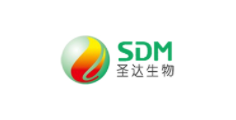
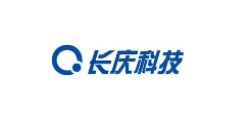

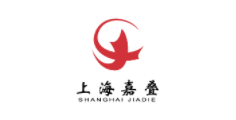
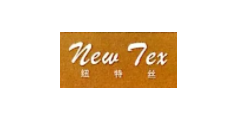


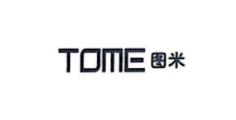

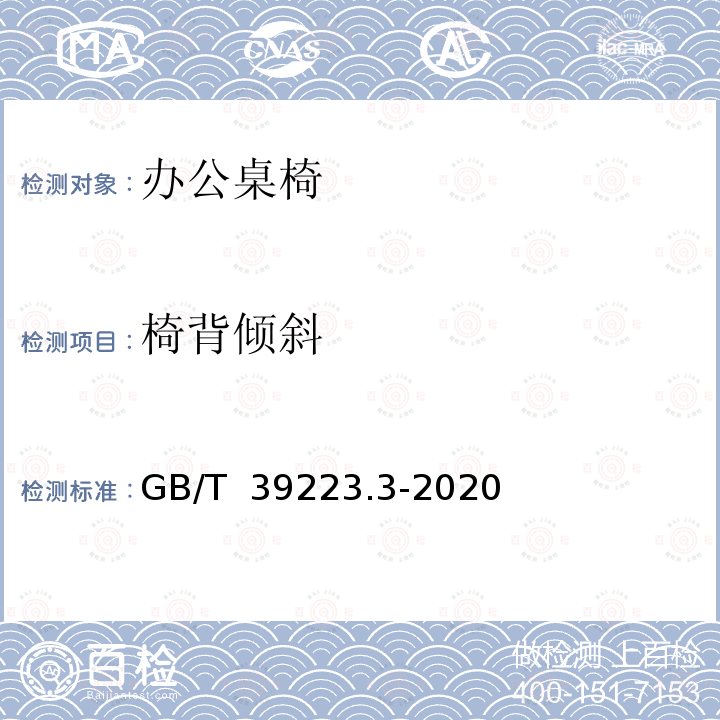

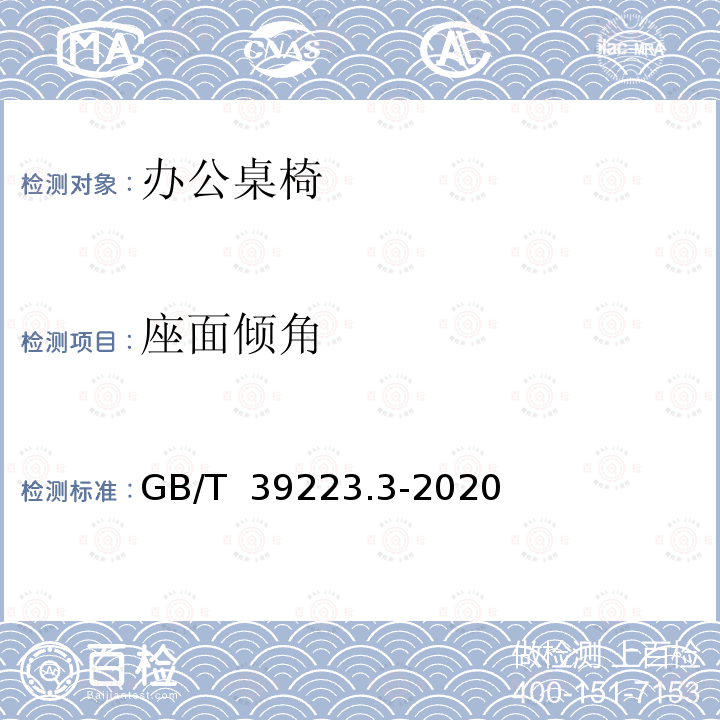
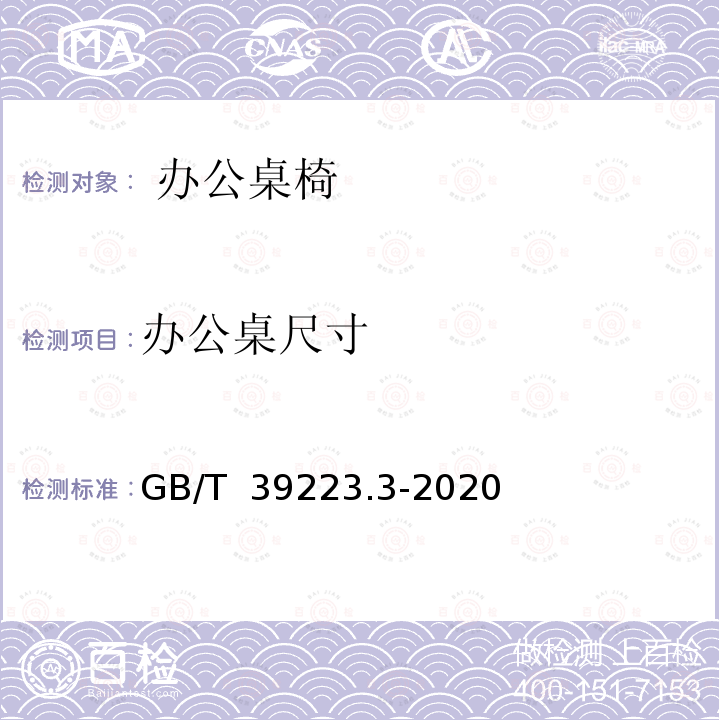

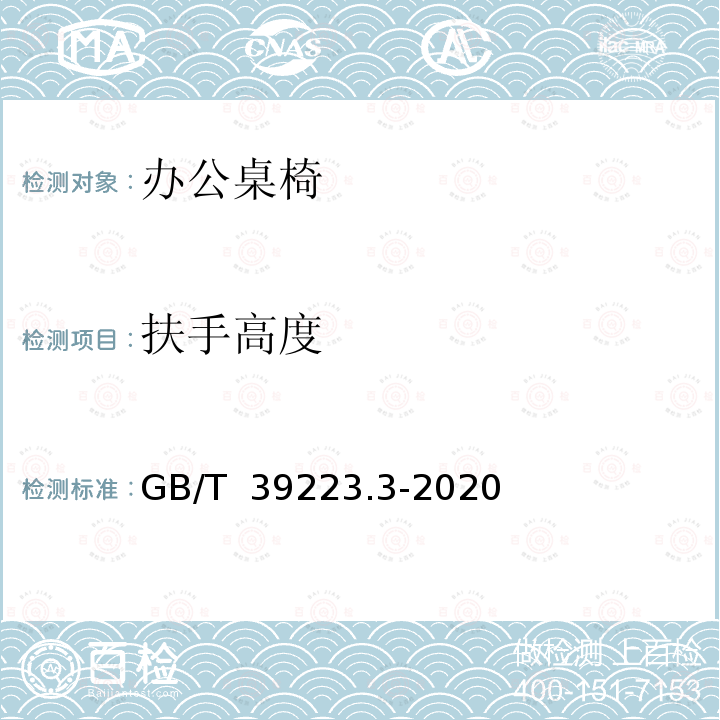
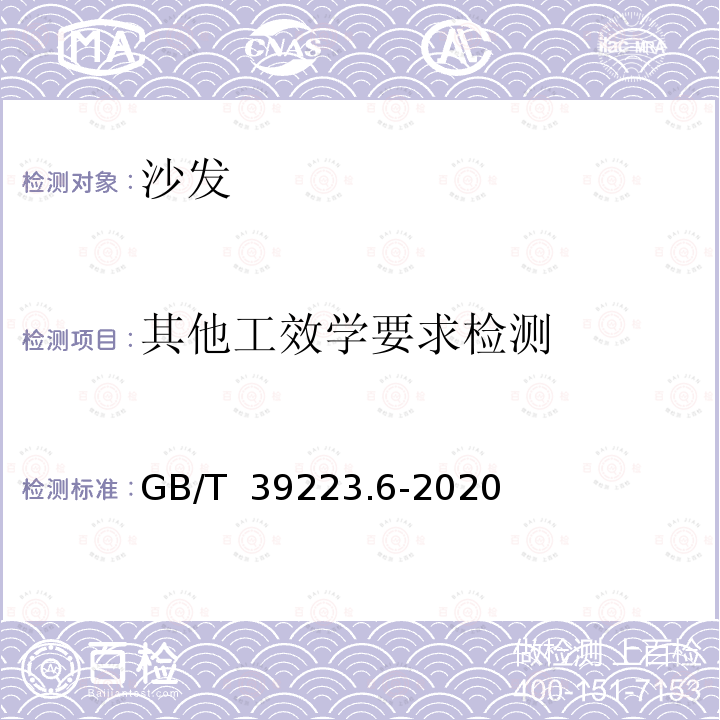
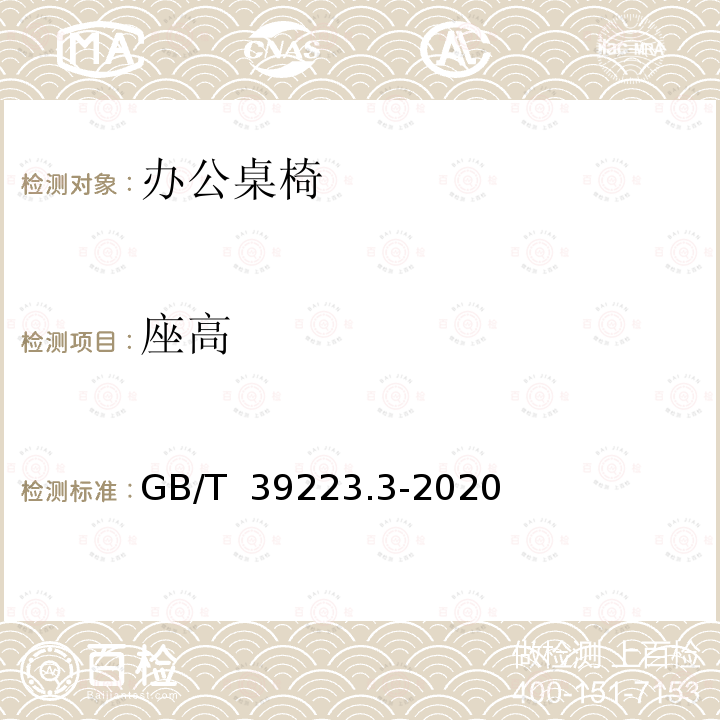



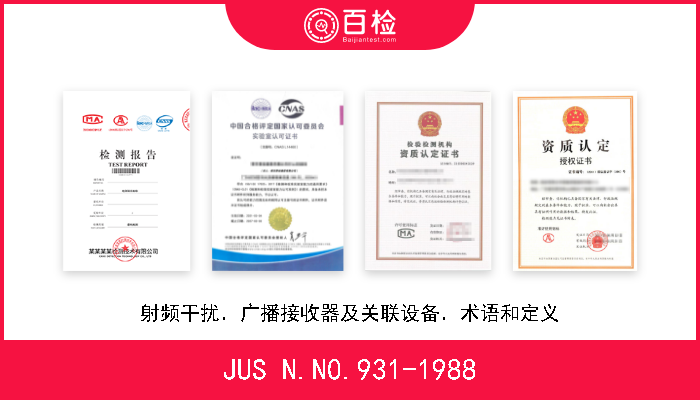
.png)


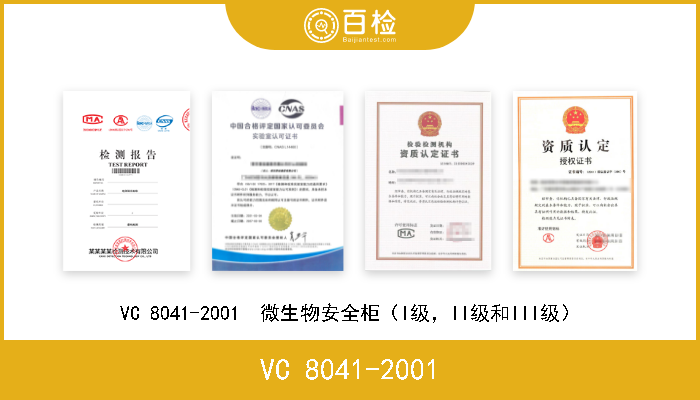

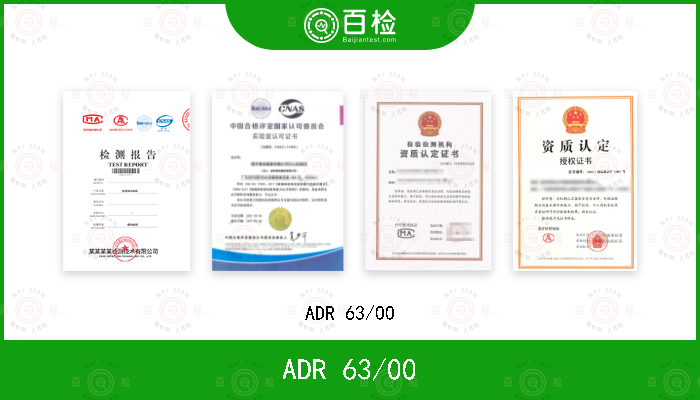




 400-101-7153
400-101-7153 15201733840
15201733840